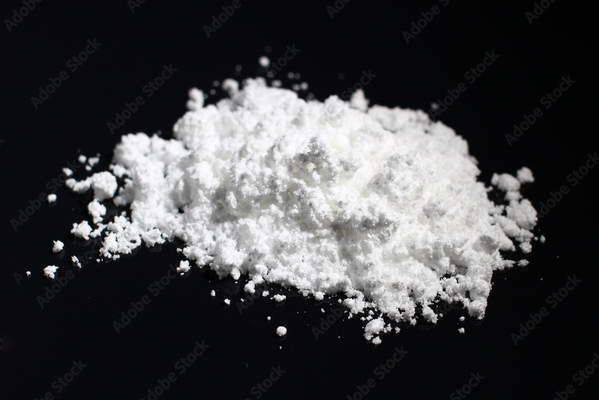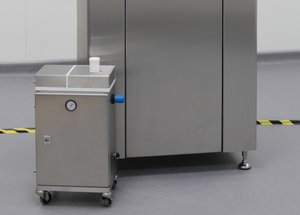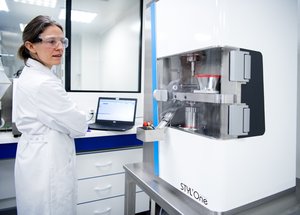Powder analysis: the next level
In pharmaceutical manufacturing, optimizing the characteristics of powders—such as flowability, solubility, consistency, purity, and stability—is crucial for the successful formulation of oral dosage forms. However, powder characterization is a complex and challenging process due to the numerous variables that influence powder behavior. Traditional techniques, such as the angle of repose and Carr index, offer valuable insights but often fall short in terms of reproducibility and accuracy.
Recent research highlights the need for more sophisticated and efficient testing methods. Advanced techniques, like rheology, X-ray diffraction, and laser light scattering, provide deeper insights into particle size, morphology, and other critical factors. These methods help to better understand the interplay between different powder attributes and the overall performance of the pharmaceutical product.
Efficiency in powder characterization is increasingly important, and automation is becoming central to improving data accuracy and reducing human error. Recent studies, like those by Chendo et al. and Baraldi et al., focus on refining testing processes to minimize redundant characterizations, saving time and resources during early development stages.
Despite advancements, powder characterization still faces challenges due to the lack of theoretical knowledge and the limitations of current standards. There is an ongoing need to refine and enhance these processes to meet the demands of modern pharmaceutical product development.

Comments
No comments posted yet.















